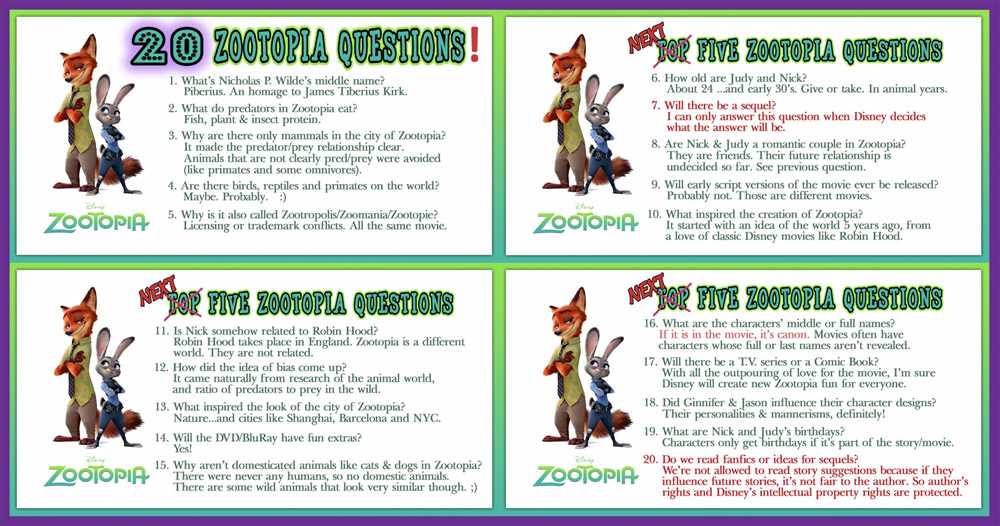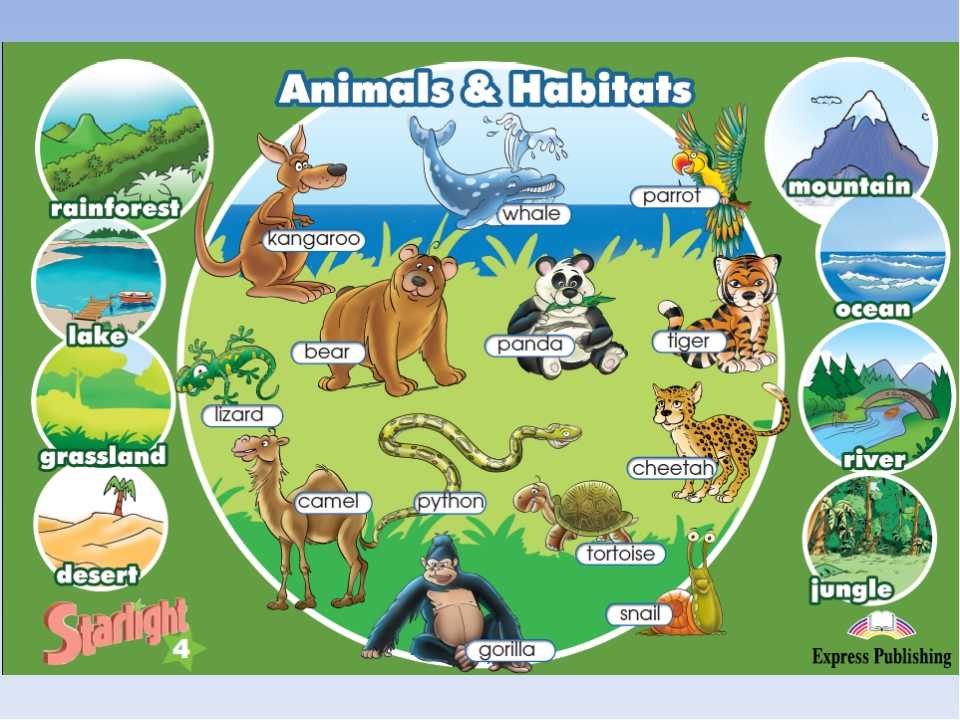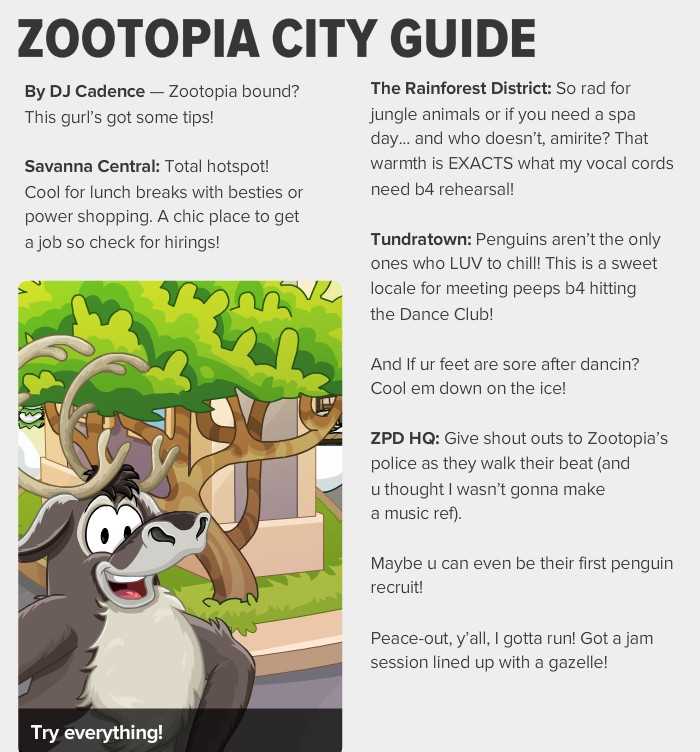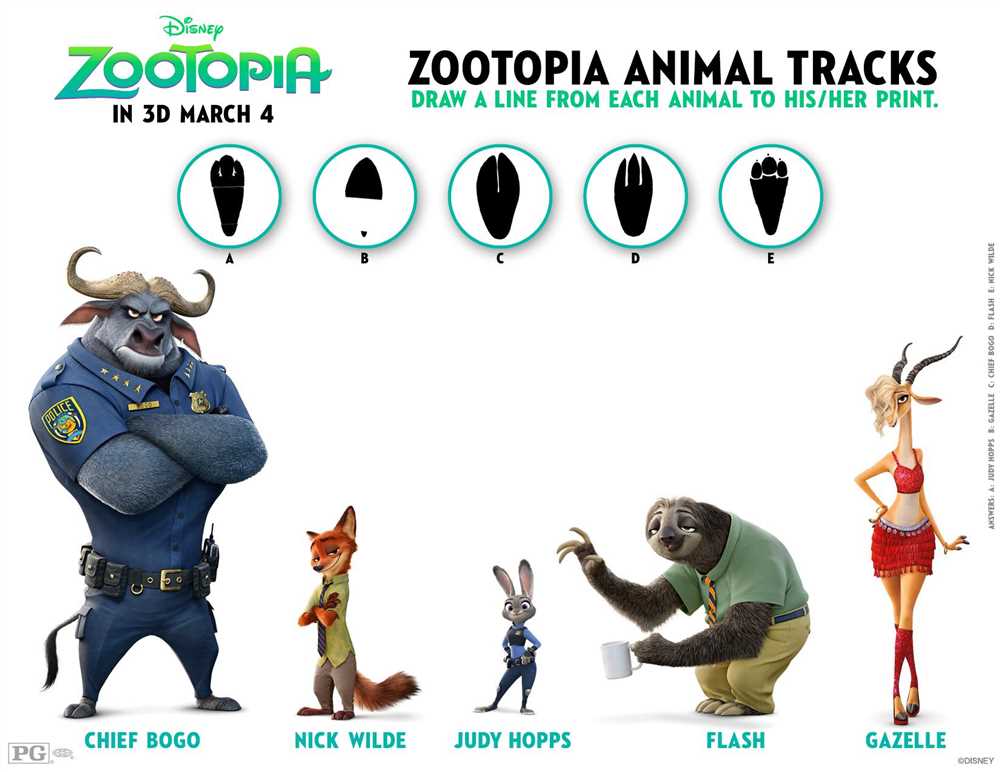
Animal Farm and Zootopia are two animated films that tackle social and political issues in a metaphorical way. Both films use animals to represent different groups in society and explore themes of power, corruption, and inequality. In this comparison worksheet, we will analyze the similarities and differences between these two films.
One of the main similarities between Animal Farm and Zootopia is the use of anthropomorphic animals as the main characters. In both films, animals are given human-like characteristics and abilities, allowing them to speak, think, and act like humans. This creates a relatable and engaging story for audiences, as the animals face the same challenges and obstacles that humans do.
Another similarity between Animal Farm and Zootopia is the exploration of power dynamics and corruption. In Animal Farm, the pigs rise to power and eventually become corrupt, leading to the oppression of the other animals. Similarly, in Zootopia, the predator animals are discriminated against by the prey animals, and power struggles and corruption are revealed within the city. These similarities highlight the universal nature of power and corruption, regardless of whether the characters are animals or humans.
However, there are also differences between Animal Farm and Zootopia. One major difference is the tone of the two films. Animal Farm is a much darker and more serious film, with themes of violence and oppression. Zootopia, on the other hand, has a lighter tone and incorporates comedy and humor into its storytelling. This difference in tone reflects the different target audiences for the films – Animal Farm is aimed at older viewers who can understand and appreciate its political commentary, while Zootopia is made for a younger audience.
Brief Overview of Animal Farm and Zootopia
Animal Farm and Zootopia are both popular works of fiction that explore the dynamics and politics of a society inhabited by animals. While Animal Farm is a classic novel written by George Orwell, Zootopia is a modern animated film produced by Walt Disney Animation Studios. Both works use anthropomorphic animals to deliver a deeper message about social issues and human behavior.
Animal Farm is an allegorical novel that tells the story of a group of farm animals who overthrow their human farmer and establish their own society. The animals initially live in harmony, but as time goes on, a group of pigs led by Napoleon gradually takes control and imposes a dictatorship. The novel serves as a critique of the Soviet Union under Joseph Stalin, with each animal representing a different character or group from the Russian Revolution. Animal Farm explores themes of power, corruption, and the dangers of totalitarianism.
Zootopia, on the other hand, is an animated film that takes place in a world where animals live in harmony and human civilization is nonexistent. The story follows a rookie police officer, a rabbit named Judy Hopps, who teams up with a con artist fox named Nick Wilde to solve a mysterious case. The film tackles issues of prejudice, discrimination, and stereotypes as it explores the challenges faced by Judy as the first bunny on the police force. Zootopia portrays a society where different species coexist and grapple with societal issues similar to those faced by humans.
In conclusion, while Animal Farm and Zootopia differ in terms of their genre and medium, they both offer thought-provoking narratives that use animals to shed light on various aspects of human society. Whether through the lens of a dystopian farm or a vibrant city inhabited by animals, these works invite readers and viewers to reflect on power dynamics, social injustices, and the importance of unity and empathy.
Similarities between Animal Farm and Zootopia

Animal Farm by George Orwell and Zootopia are two seemingly different works, one being a classic dystopian novel, and the other an animated film. However, there are several striking similarities between the two that cannot be ignored.
Firstly, both Animal Farm and Zootopia are allegories that cleverly use animals to represent humans and society. In Animal Farm, the animals on the farm represent different social classes and political ideologies, while in Zootopia, different animal species symbolize different racial and ethnic groups. This use of anthropomorphic animals allows both works to comment on human nature and societal issues in a more accessible and relatable way.
Furthermore, both Animal Farm and Zootopia explore themes of power, corruption, and inequality. In Animal Farm, the pigs, who initially lead the rebellion against the humans, gradually become corrupt and abuse their power, mirroring the corruption and tyranny of real-world leaders. Similarly, in Zootopia, the city’s government and authorities are portrayed as corrupt and biased towards certain animal species, highlighting the inequalities and prejudices that exist in society.
Another similarity between the two works is the use of satire and humor to critique and expose societal flaws. Animal Farm is filled with satirical elements that mock political systems and ideologies, while Zootopia uses humor to address issues of discrimination and stereotyping. Both works effectively use satire and comedy to engage the audience and make them reflect on the deeper messages and themes presented.
In conclusion, despite their different formats and settings, Animal Farm and Zootopia share several similarities in their use of animal symbolism, exploration of power and inequality, and the use of satire and humor. These similarities contribute to the enduring relevance and impact of both works, as they continue to resonate with audiences and provide important social commentary.
Themes of corruption and power dynamics

The themes of corruption and power dynamics are central to both Animal Farm and Zootopia, as the stories explore how power can corrupt individuals and institutions. In Animal Farm, the pigs initially lead a rebellion against the humans, advocating for equality and a fair society. However, as time passes, they become corrupted by their newfound power and start to oppress and exploit the other animals. This is seen through the gradual changes in the commandments, with the pigs bending the rules to suit their own needs. The theme of corruption is further emphasized when the pigs start walking on two legs, mimicking the humans they originally rebelled against. This shows how power can corrupt even the most well-intentioned leaders, turning them into tyrants.
Zootopia also explores the theme of corruption and power dynamics, albeit in a different context. In the film, Zootopia is depicted as a utopia where predators and prey live harmoniously. However, beneath the surface, there is a hidden power dynamic where predators are discriminated against and treated as threats. The corruption theme is showcased through the character of Mayor Lionheart, who abuses his power and tries to cover up the disappearance of predator citizens. This highlights how those in positions of power can manipulate the system to serve their own interests, even at the expense of others. The film also addresses the theme of corruption within the police force, as some officers engage in illegal activities to maintain their dominance. It ultimately takes the efforts of the protagonist, Judy Hopps, to uncover the corruption and restore justice.
- The themes of corruption and power dynamics in both Animal Farm and Zootopia serve as cautionary tales, warning against the dangers of unchecked authority and the potential for corruption.
- Both stories demonstrate how power can corrupt individuals and institutions, leading to oppression and inequality.
- They also highlight the importance of questioning and challenging authority, as blindly following those in power can lead to the erosion of rights and freedoms.
- Overall, the exploration of corruption and power dynamics in these stories serves as a reminder to remain vigilant and hold those in power accountable for their actions.
Use of animals as allegorical characters
The use of animals as allegorical characters is a common literary device in storytelling. It allows writers to explore complex themes and societal issues through the lens of non-human creatures. In both “Animal Farm” and “Zootopia,” animals are used as allegorical characters to represent different aspects of human nature and society.
In “Animal Farm,” George Orwell uses animals to represent various political ideologies and historical figures. For example, the pigs in the novel symbolize the ruling class and are a direct allegory for the communist leaders in the Soviet Union. The use of pigs as characters highlights the corruption and abuse of power that can arise in a totalitarian regime. Similarly, other animals in the farm, such as the horses and sheep, represent the working class and the masses who are easily manipulated by the ruling elite.
In “Zootopia,” the use of different animal species as characters allows for a discussion on diversity, prejudice, and stereotypes. The film explores the concept of “predator” versus “prey” and challenges the audience’s preconceived notions about certain animals. The main characters, Judy Hopps (a rabbit) and Nick Wilde (a fox), break through these stereotypes and work together to solve a crime, emphasizing the importance of unity and acceptance in a diverse society.
The use of animals as allegorical characters not only adds an element of storytelling but also allows for a deeper exploration of societal issues. By using animals to represent different aspects of humanity, these stories are able to reach a wider audience and provoke thought and discussion on important topics. Whether it is the corruption of power in “Animal Farm” or the challenges of diversity in “Zootopia,” the use of animals as allegorical characters serves as a powerful tool for storytelling and social commentary.
Societal structures and systems: A critical reflection
Throughout history, societies have been shaped by a variety of structures and systems that govern their functioning. However, these structures and systems are not always perfect and can sometimes lead to inequities, injustices, and the oppression of certain groups. This critical reflection aims to explore the flaws and limitations of societal structures and systems, highlighting the importance of vigilance and introspection in order to create a more just and equitable society.
One of the fundamental criticisms of existing societal structures is their tendency to perpetuate hierarchies and inequalities. The novel “Animal Farm” by George Orwell highlights this issue through its depiction of a farm where animals revolt against their human oppressors, only to create a new system that mirrors the injustices of the previous one. Similarly, in the animated film “Zootopia,” the city’s seemingly harmonious society is revealed to be built upon systemic discrimination and prejudice. Both works shed light on how existing social structures often prioritize the interests of a select few, resulting in the marginalization and exploitation of other groups.
Another aspect of societal structures and systems that warrants critique is their potential to stifle individuality and freedom. In “Animal Farm,” the animals initially seek liberation but end up being manipulated by those in power, who dictate their every move. This mirrors the idea of oppressive governments or institutions that restrict the autonomy and agency of individuals. Similarly, in “Zootopia,” the film explores the theme of stereotypes and prejudice, depicting how societal systems can box individuals into preconceived notions based on their species. This critique serves as a reminder of the importance of fostering an inclusive and accepting environment that values diversity and allows everyone to thrive.
It is crucial to critically analyze societal structures and systems to identify and rectify their flaws. By doing so, we can work towards creating a more equitable society that addresses systemic inequities and dismantles oppressive systems. Both “Animal Farm” and “Zootopia” serve as powerful reminders of the need to question and challenge existing structures, as well as the potential for change and transformation. Only through continuous evaluation and efforts can we hope to build a society that upholds justice, equality, and freedom for all.
Exploration of Human Nature and Behavior

The novels “Animal Farm” and “Zootopia” both explore the concept of human nature and behavior through the lens of anthropomorphic animals. They use animals as allegorical representations of human society, allowing readers to reflect on their own behaviors and the societal structures that shape them.
In “Animal Farm,” George Orwell depicts a group of farm animals who rebel against their human farmer and establish their own society. The farm animals, representing different classes and political ideologies, demonstrate the complex dynamics of power and corruption. The pigs, led by Napoleon, gradually assume control and become oppressive rulers, mirroring the rise of dictators in human history. This exploration of power and greed showcases the darker aspects of human nature and how individuals can be corrupted by it.
In “Zootopia,” the animated film by Disney, the animal characters live in a city where predators and prey coexist in harmony. Through the main character, Judy Hopps, a small bunny who becomes the first rabbit police officer, the film explores themes of prejudice, discrimination, and stereotypes. By using animals to represent different social groups, the film provokes viewers to examine their own biases and preconceived notions. It highlights the complexity of human behavior and the importance of understanding and acceptance in a diverse society.
Both “Animal Farm” and “Zootopia” serve as cautionary tales, reminding us of the potential for corruption and discrimination within human societies. By presenting these themes through animal characters, they provide a unique perspective that encourages self-reflection and critical thinking about our own behavior and the systems in which we live.
Differences between Animal Farm and Zootopia
Animal Farm and Zootopia are both stories that revolve around animals and contain themes of corruption and inequality. However, there are several key differences between these two works.
- Setting: Animal Farm takes place on a farm in which the animals rebel against their human owner, while Zootopia is set in a modern city in which predators and prey coexist. The rural setting of Animal Farm creates a more secluded and isolated atmosphere, while the urban setting of Zootopia allows for a more diverse and interconnected society.
- Species: In Animal Farm, the characters are exclusively farm animals such as pigs, cows, and horses. In contrast, Zootopia features a wide range of animal species, including predators and prey working together. This diversity in species adds depth to the world of Zootopia and allows for exploration of themes such as discrimination and stereotypes.
- Political Commentary: Animal Farm is a satirical allegory of the Russian Revolution and the subsequent rise of Joseph Stalin. It critiques the corruption and abuse of power that often accompany political revolutions. Zootopia, on the other hand, tackles social issues such as discrimination, prejudice, and the pursuit of equality. While both stories offer political commentary, they do so in different ways and address different aspects of society.
- Tone: Animal Farm has a darker and more somber tone, as it explores themes of betrayal, oppression, and the loss of idealism. Zootopia, on the other hand, maintains a more lighthearted and humorous tone, utilizing wit and satire to address serious social issues.
In conclusion, Animal Farm and Zootopia may share some similarities in terms of animal characters and themes of corruption, but they differ in setting, species diversity, political commentary, and tone. These differences give each story its own unique approach to addressing societal issues and engaging their respective audiences.